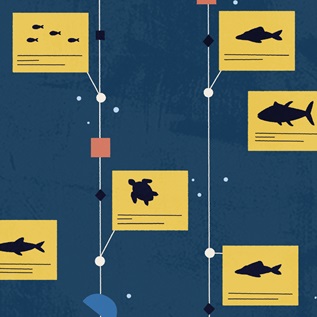How Habitat Protection Can Help North Carolina’s Coastal Communities, Fish, and Ecosystems
State plan highlights water quality improvements
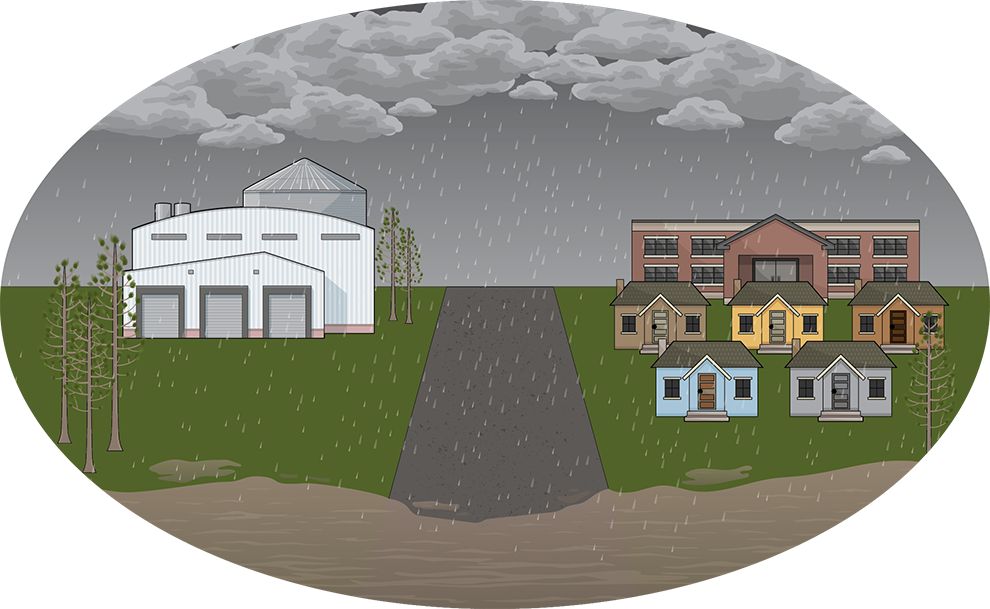
More rain falling on altered landscapes. As climate change brings increasingly heavy rains, the modifications people have made to the environment—paving surfaces, draining wetlands, and clearing forests—cause low-lying areas to flood and creeks, rivers, and sounds to overflow their banks. Shoreline ecosystems that could naturally handle smaller quantities of water are overwhelmed by the sudden influx.

Too much polluted water, moving too fast. Large volumes of stormwater rushing into creeks and rivers can carry sediment and nutrients, such as nitrogen and phosphorus, from streets, backyards, and farms into estuaries. This dirty water can block sunlight that underwater plants such as seagrass need and can cause toxic algae to bloom.
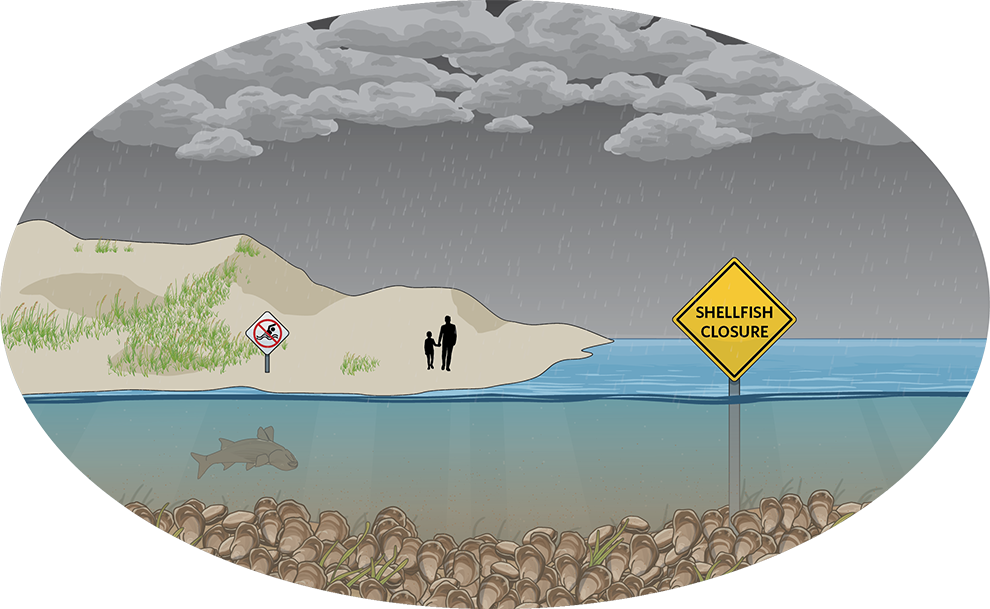
Impacts for days or weeks. Poor water quality can harm ecosystem health, be unsafe for swimming for both humans and pets, kill fish, threaten wildlife populations, and cause delays in oyster harvests, all of which can stress coastal economies.
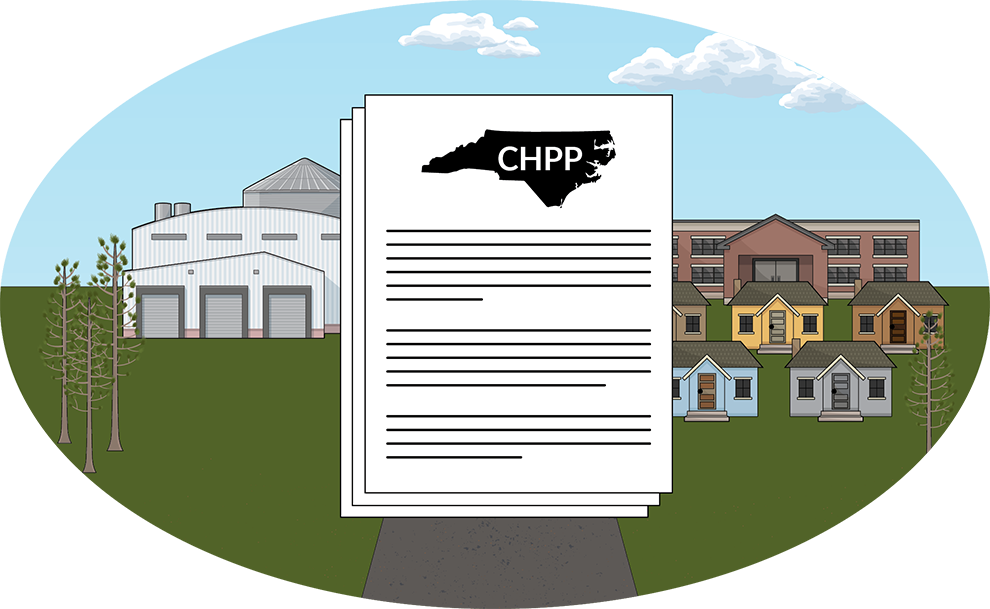
A new roadmap. North Carolina’s Coastal Habitat Protection Plan is a blueprint for improving the state’s millions of acres of estuarine environment, which support healthy fish and wildlife populations and strong local economies. It contains policy recommendations for state agencies, as well as strategies that communities and businesses can work on together, to protect and restore essential habitats, such as seagrass and salt marsh.
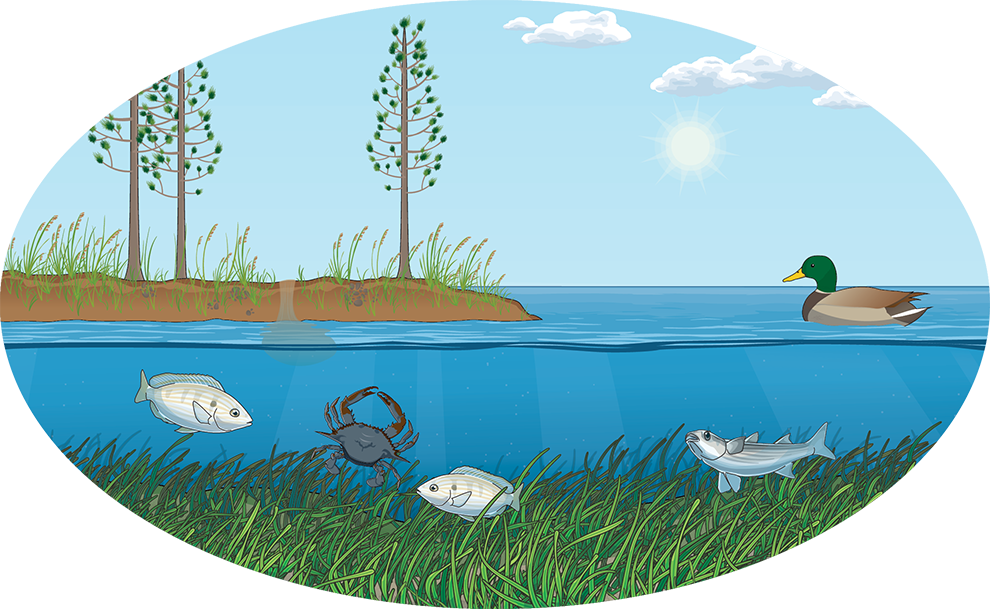
Slowing the flow. One way to prevent excess nutrients and sediment from harming sensitive coastal resources is to restore wetlands and floodplains. These habitats can hold excess water like a sponge, releasing it slowly as waters recede. Vegetation along creeks and rivers provides a buffer that helps to clean stormwater and reduce how much enters critical waterways. Wetlands can also improve coastal ecosystem health by supporting wildlife and can aid efforts to address climate change by capturing and storing carbon.
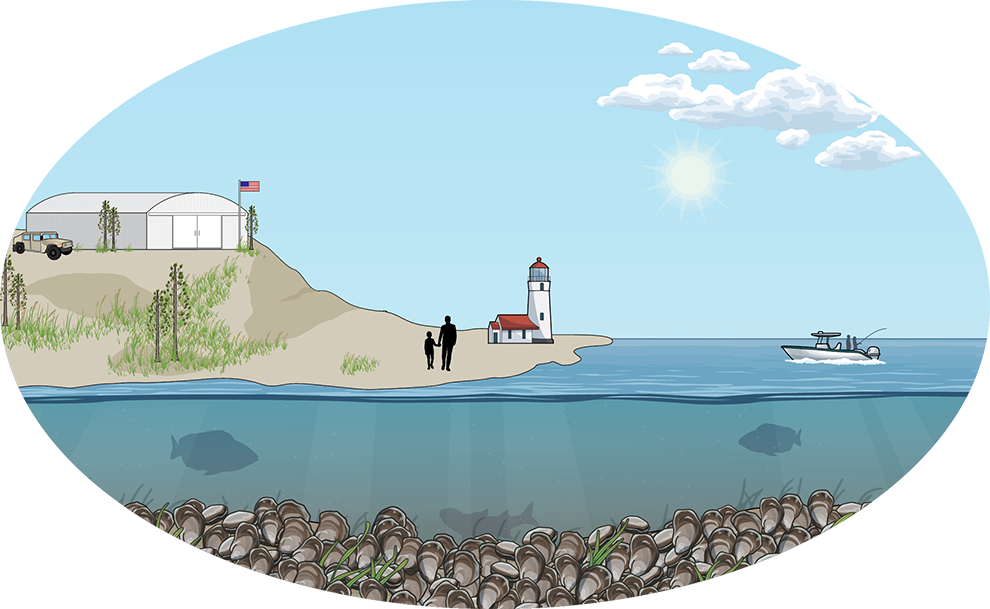
A future of clearer, cleaner water for people, fish, and the environment. With new policies and community actions, North Carolinians will see improvements to water quality, which will mean more opportunities to swim, fish, eat local seafood, and enjoy the wild coastal areas that make the state so special.

